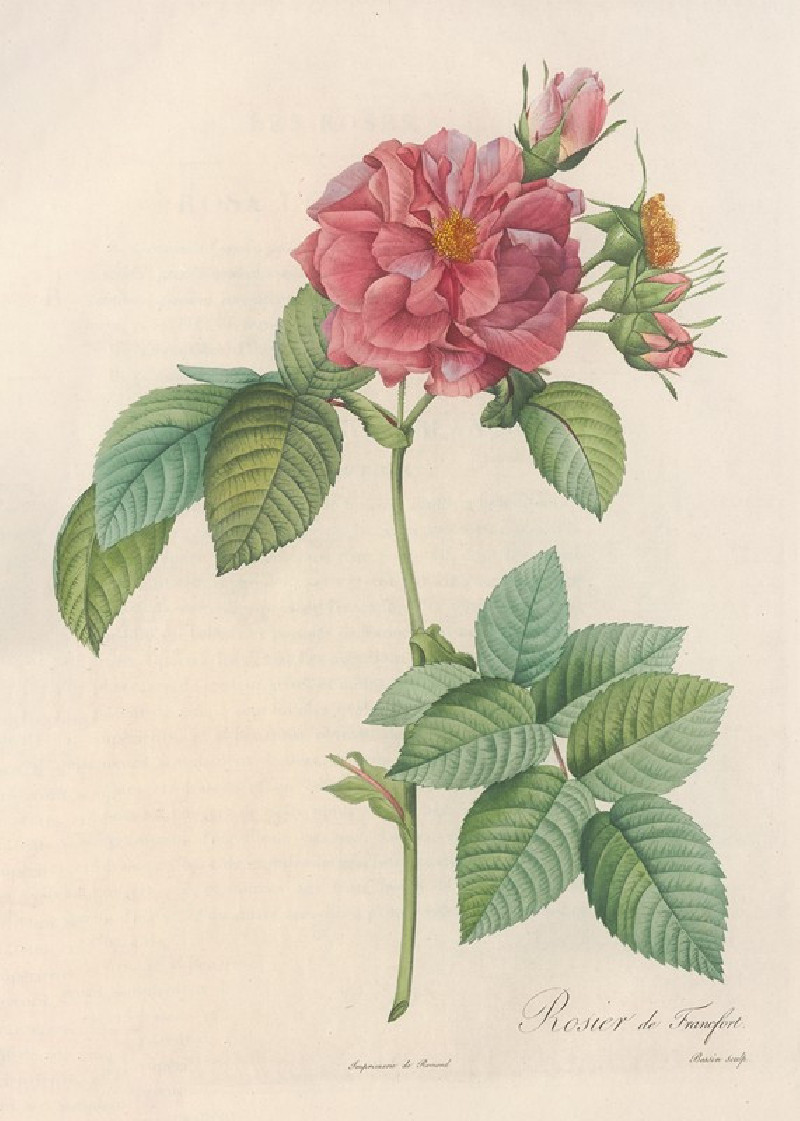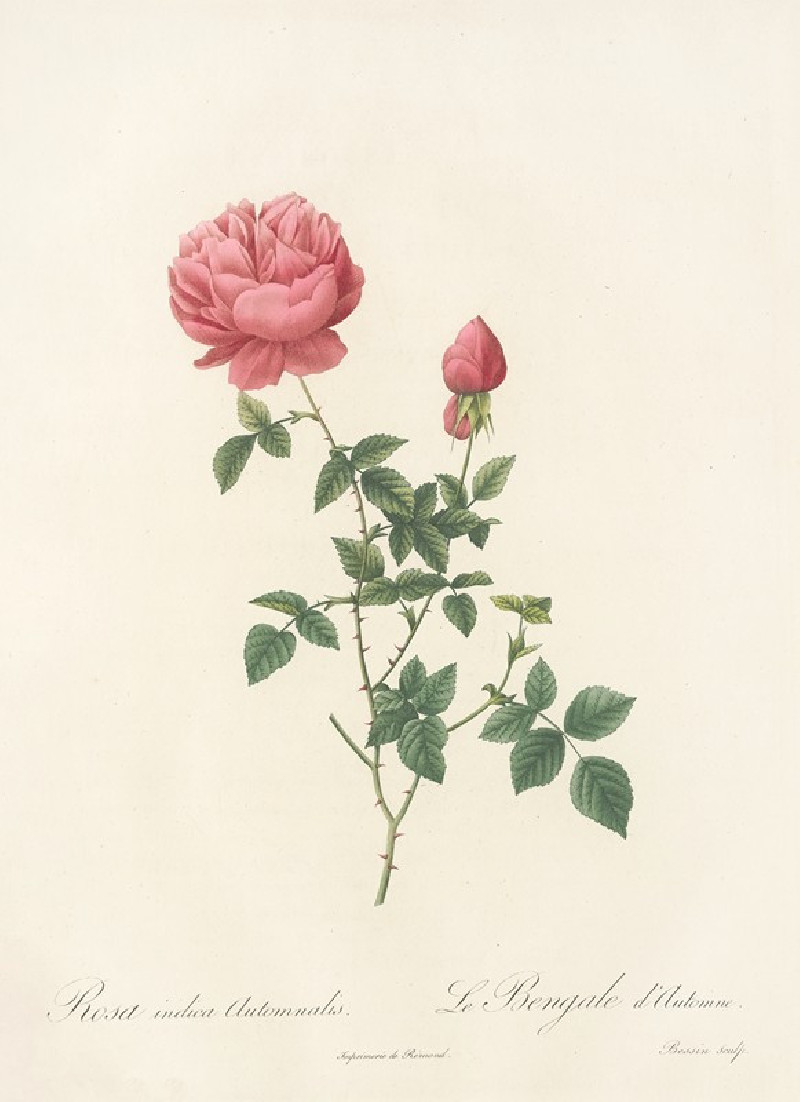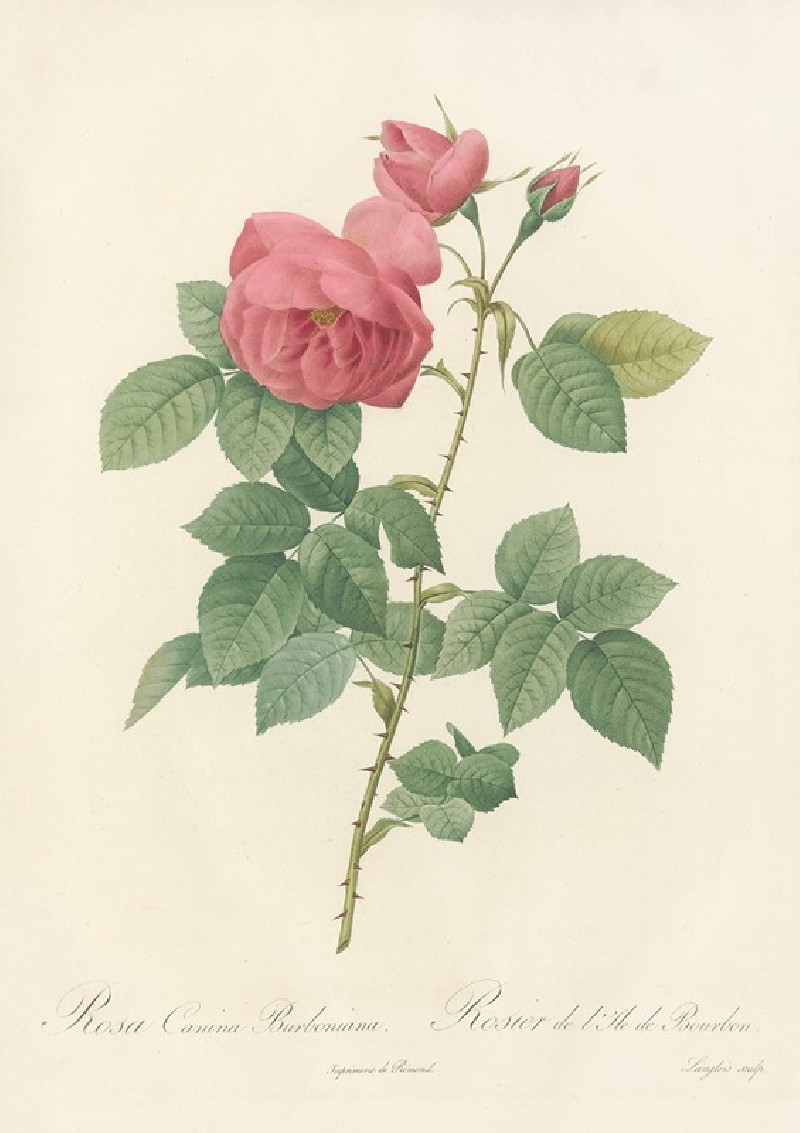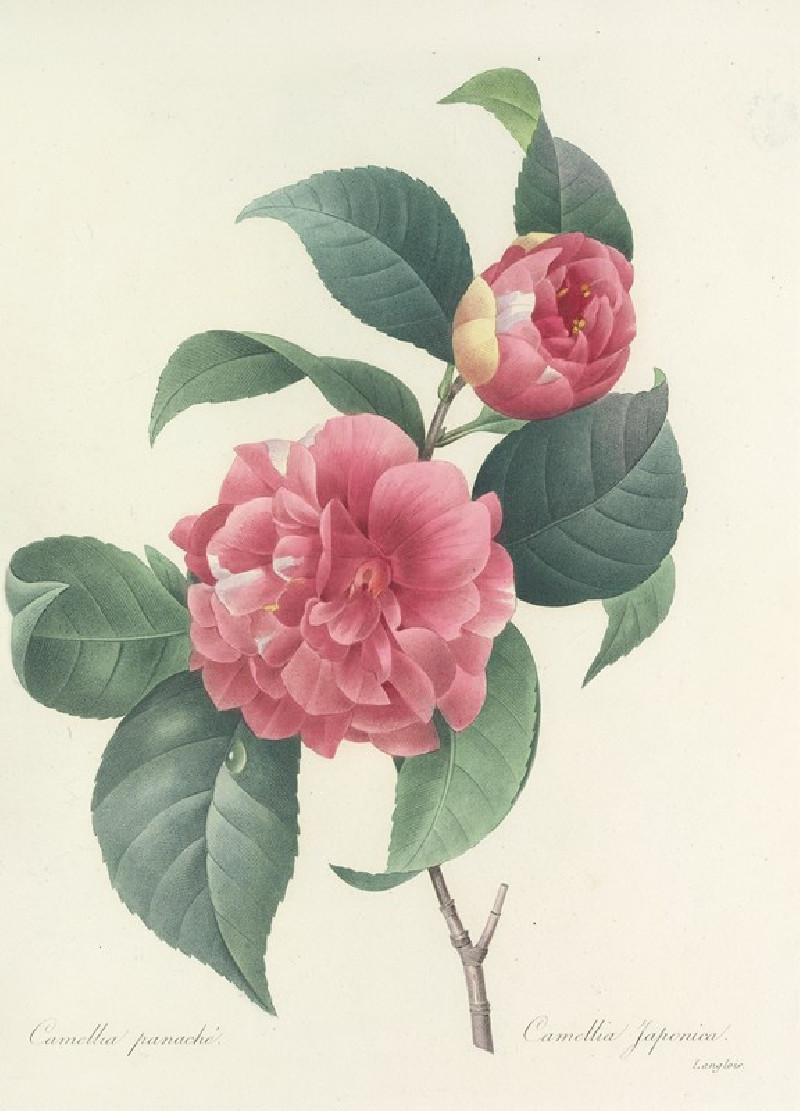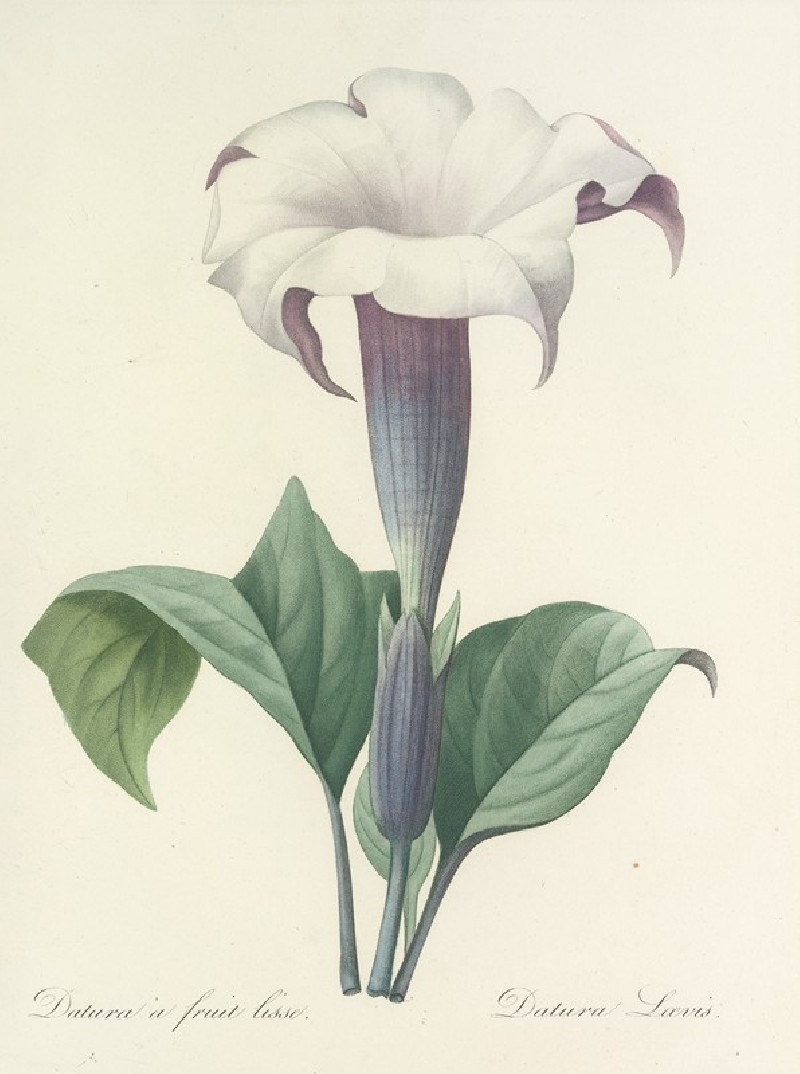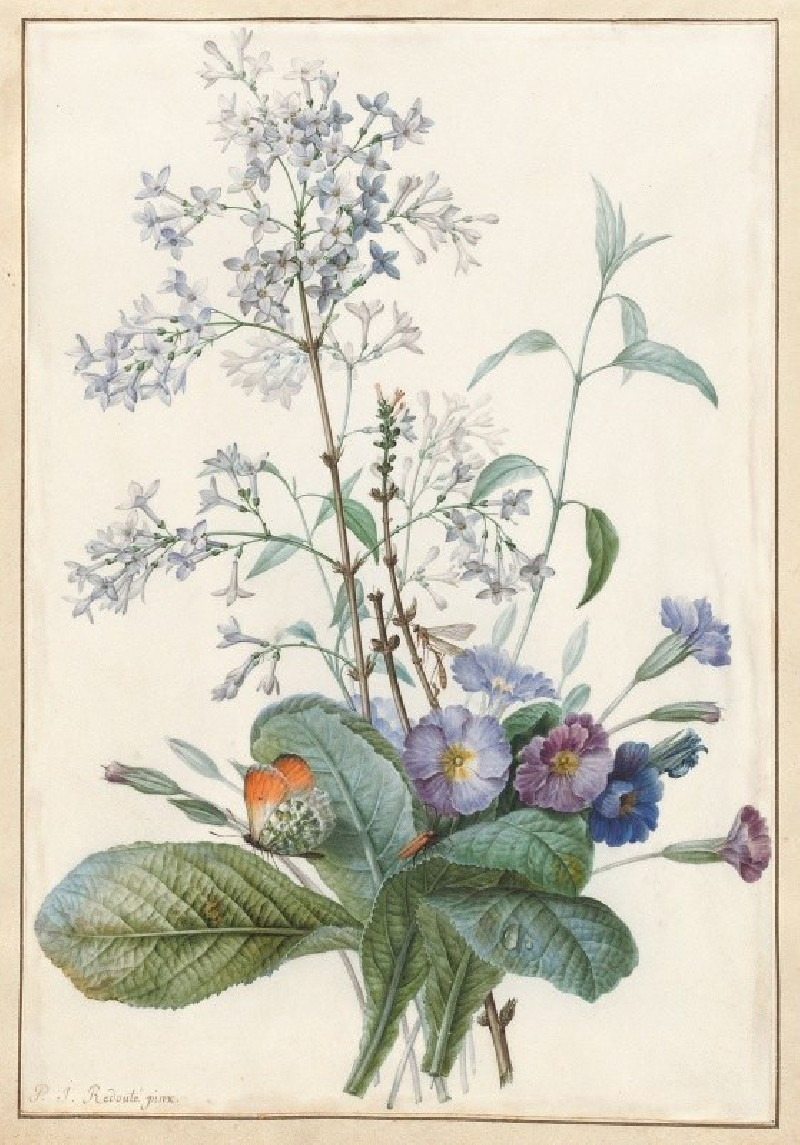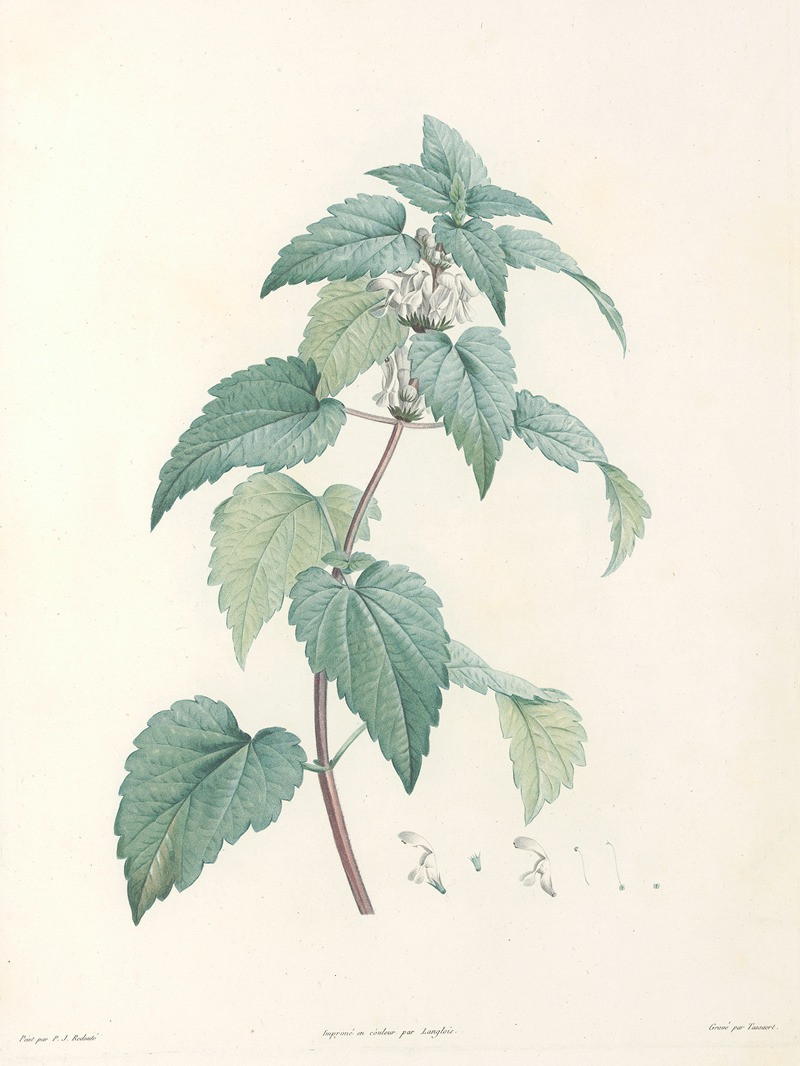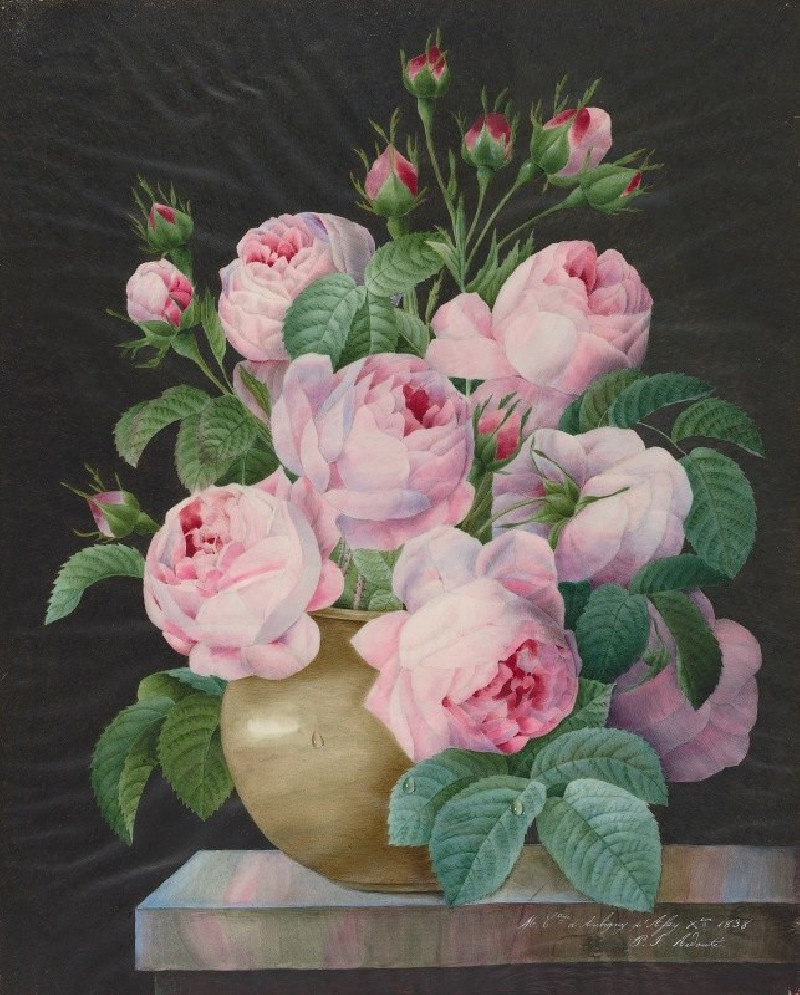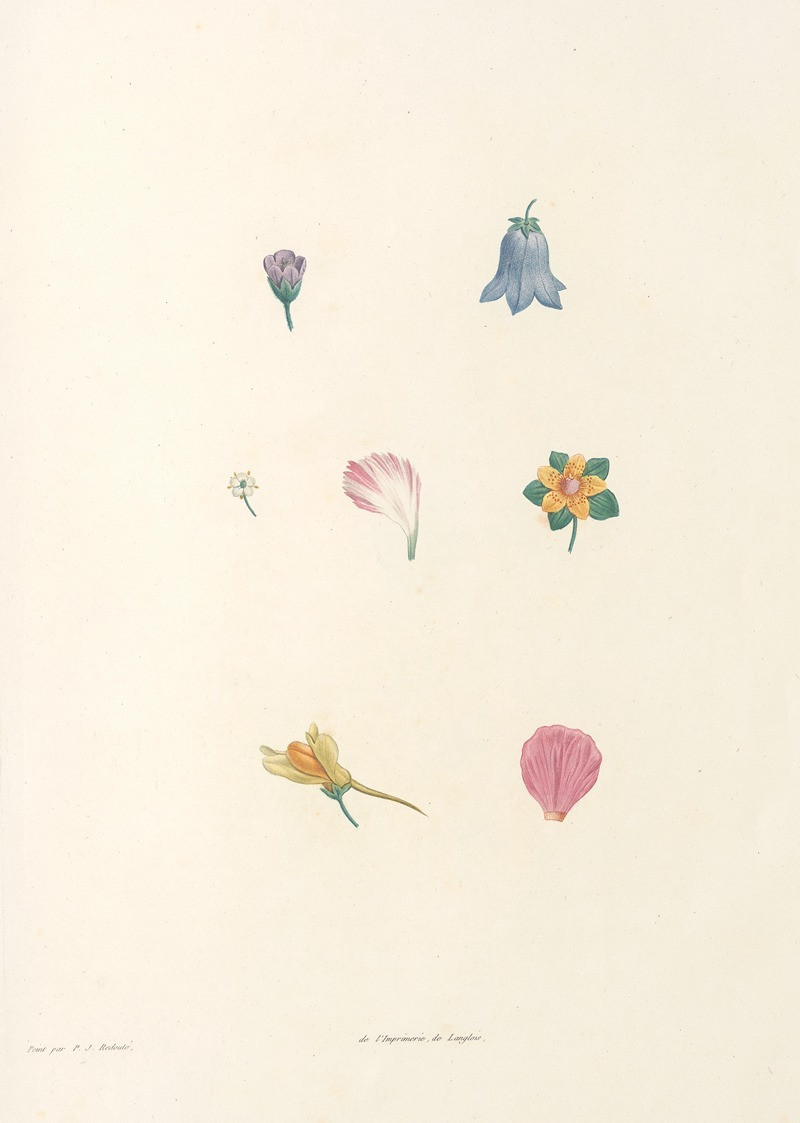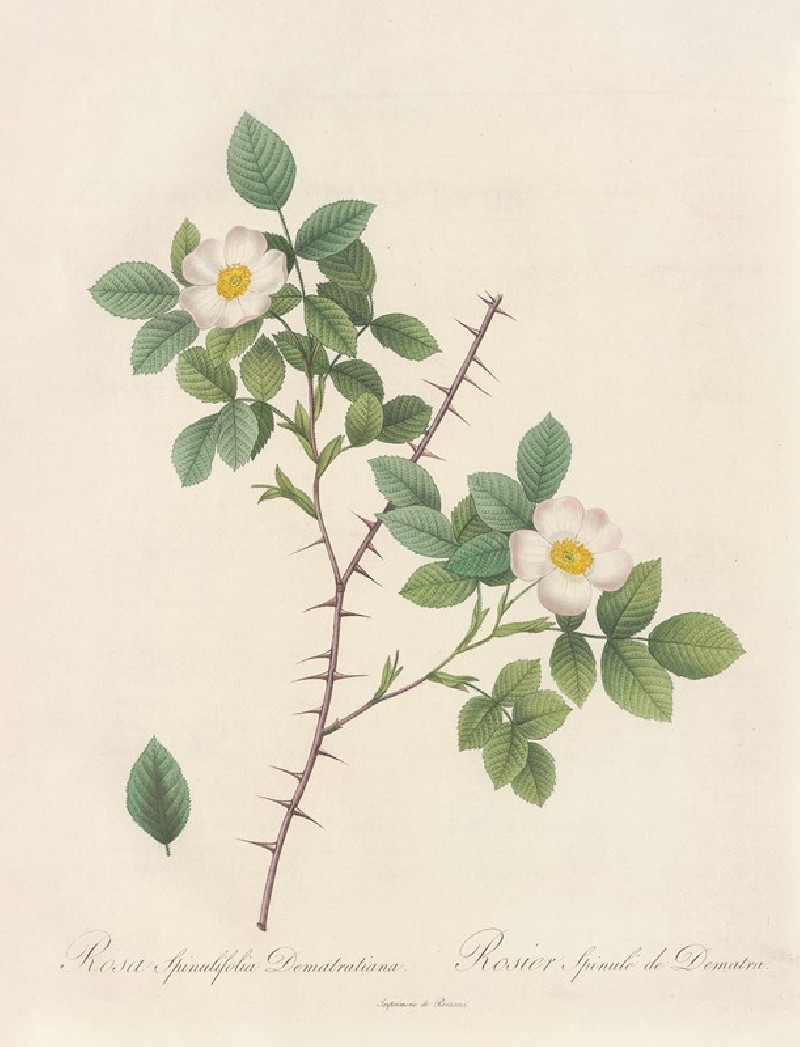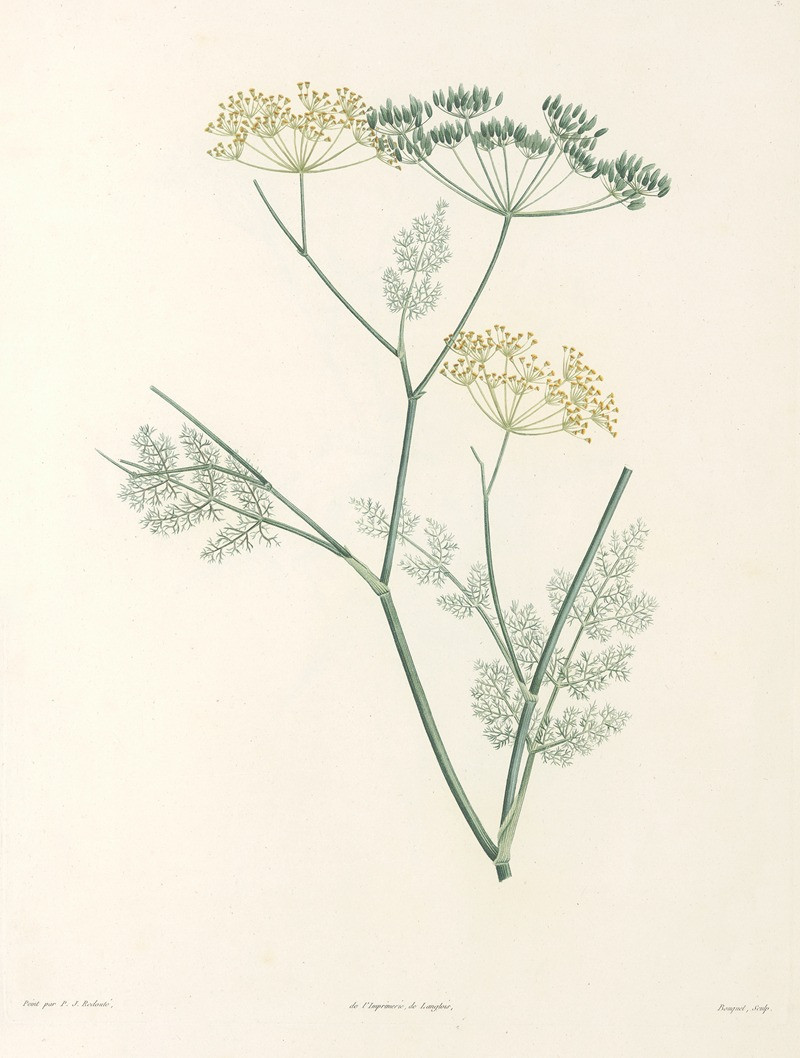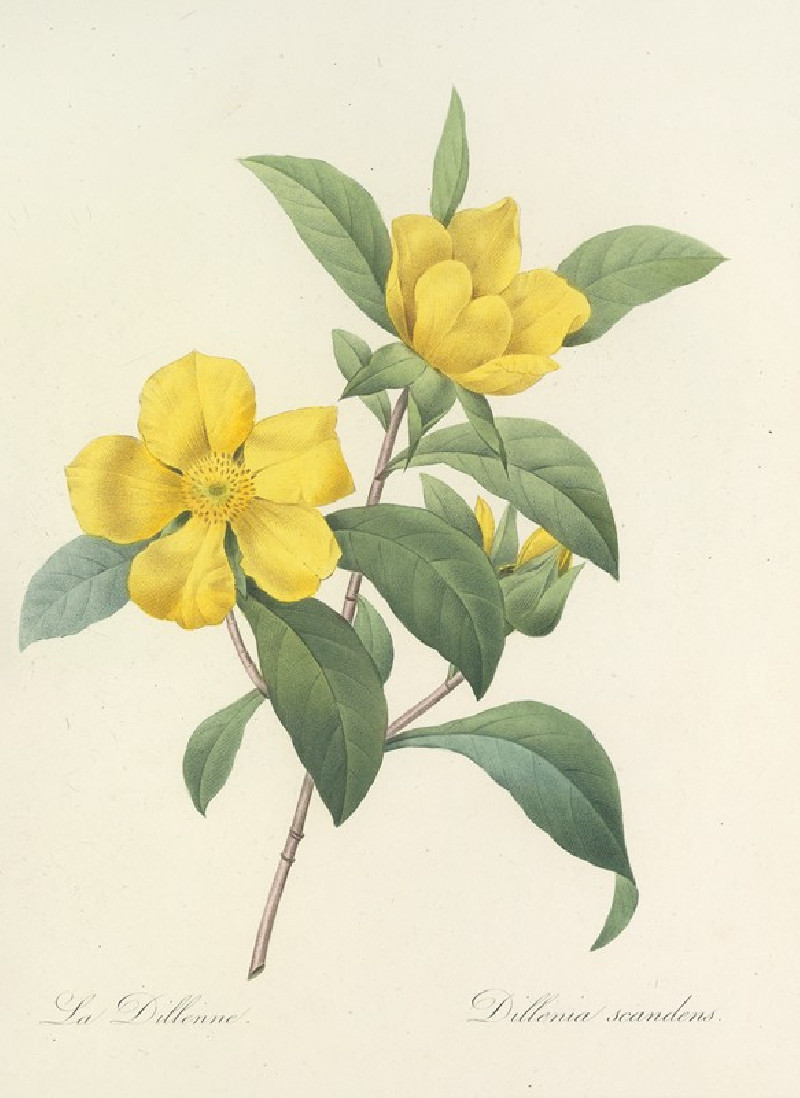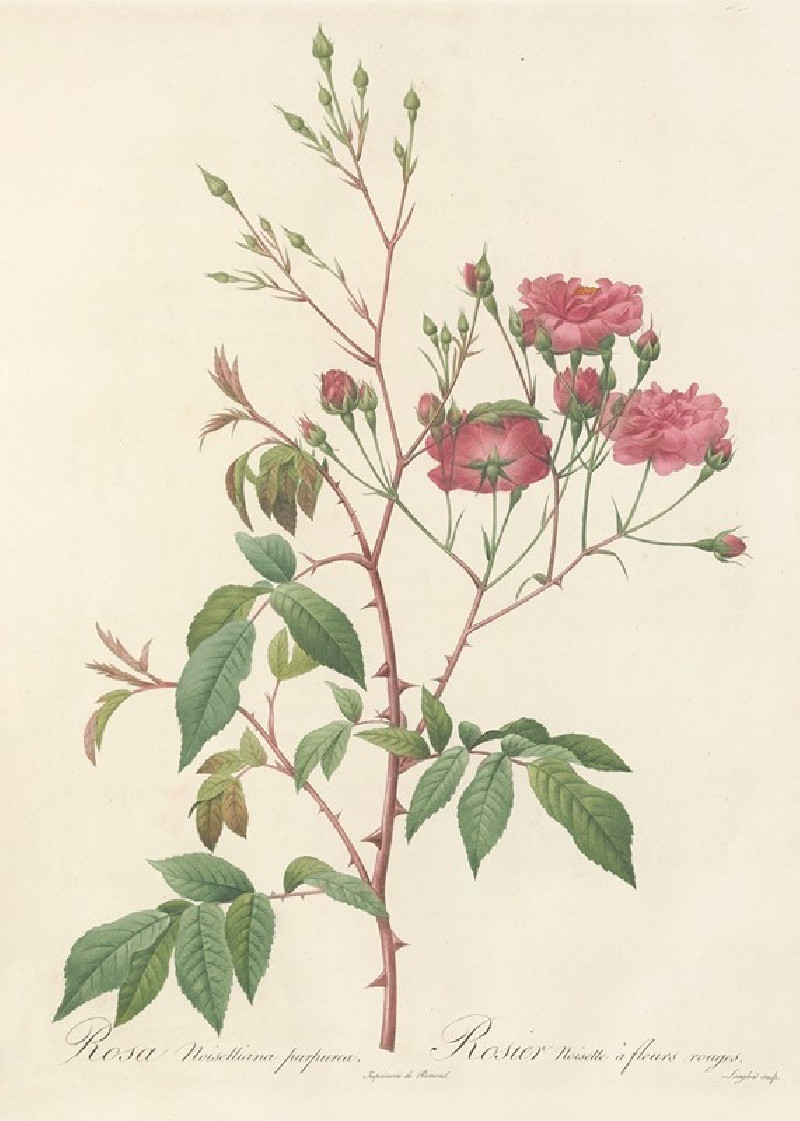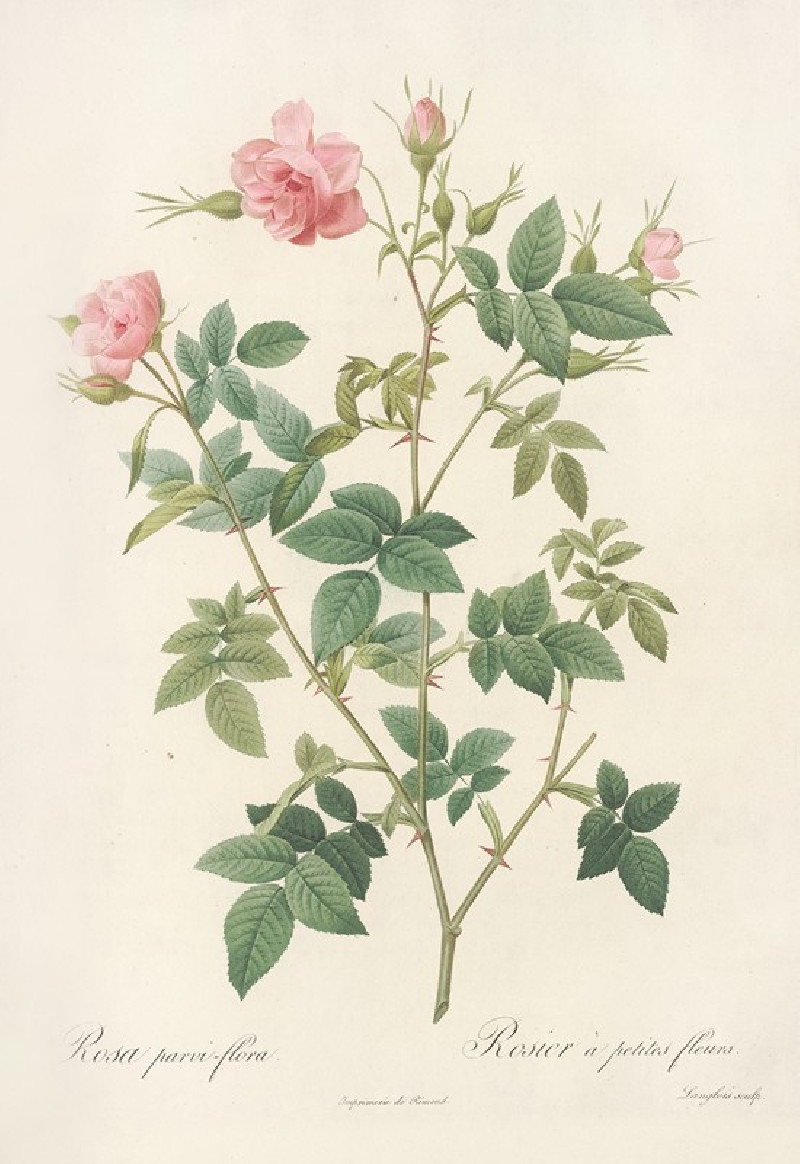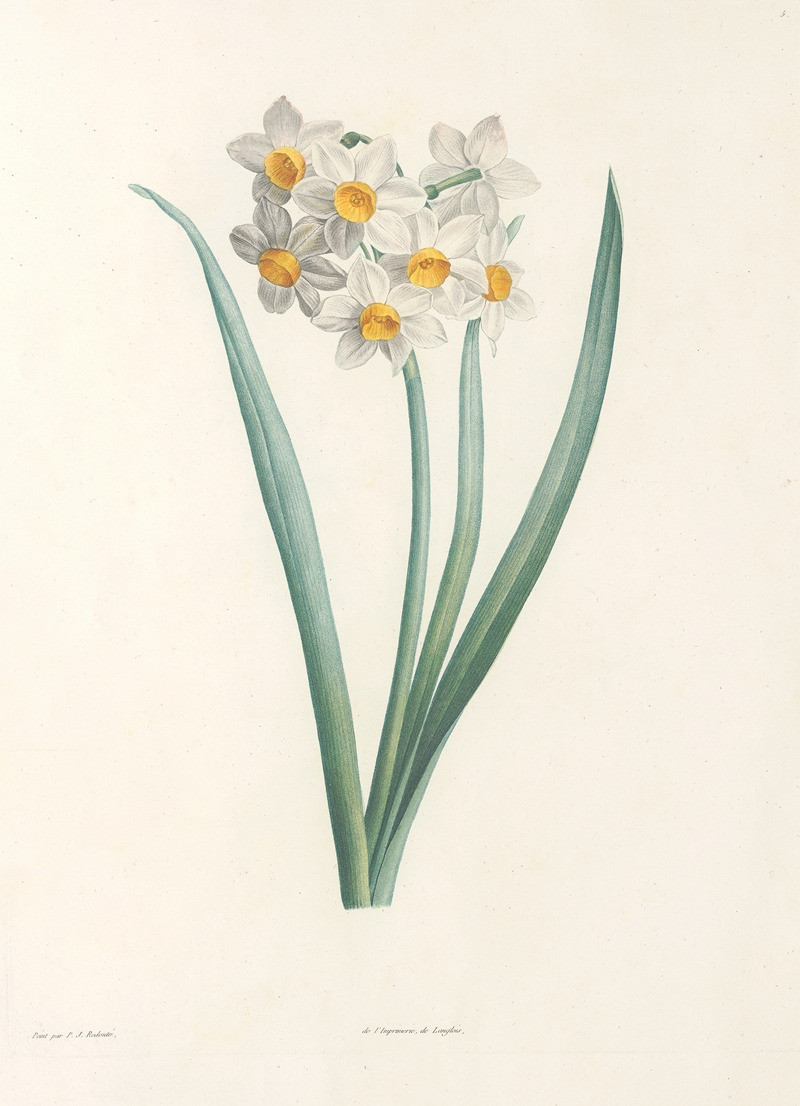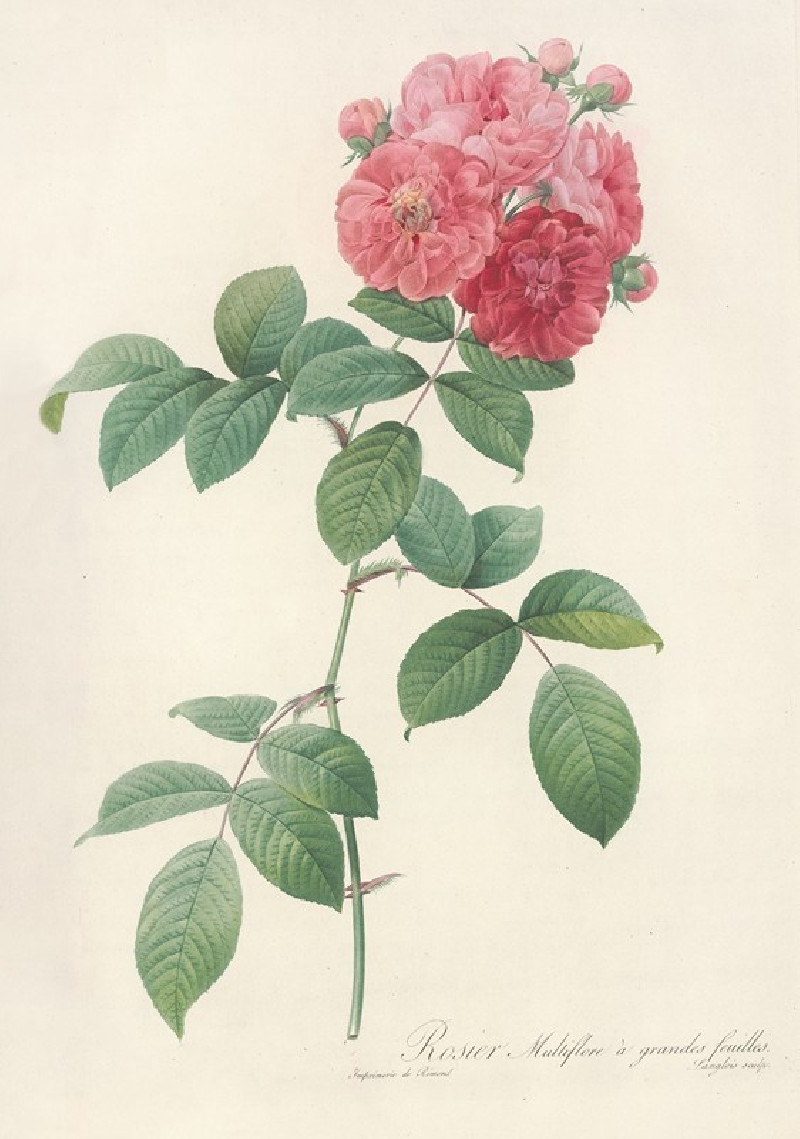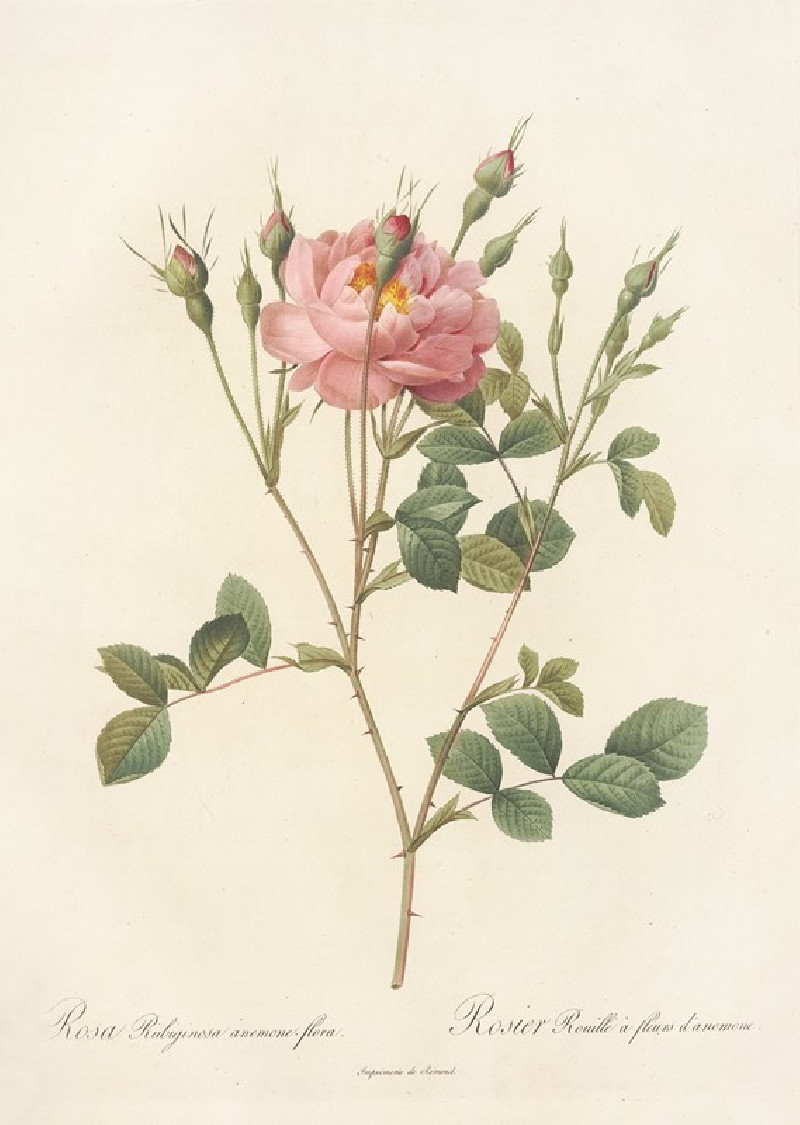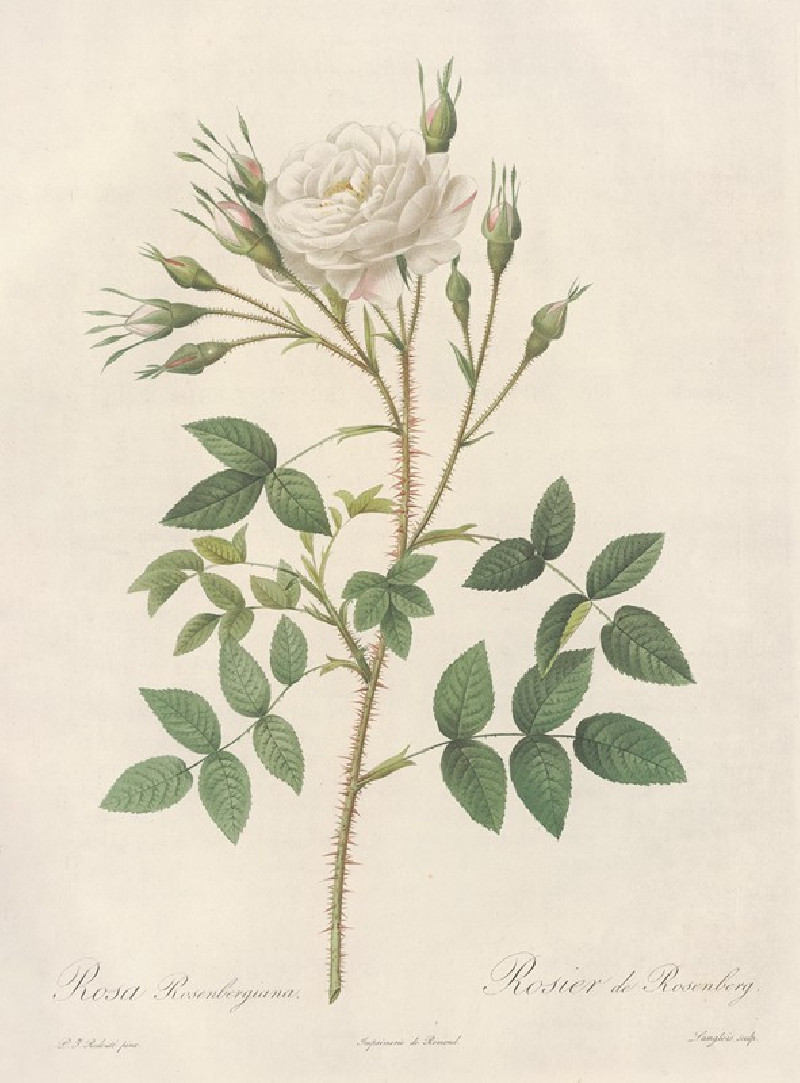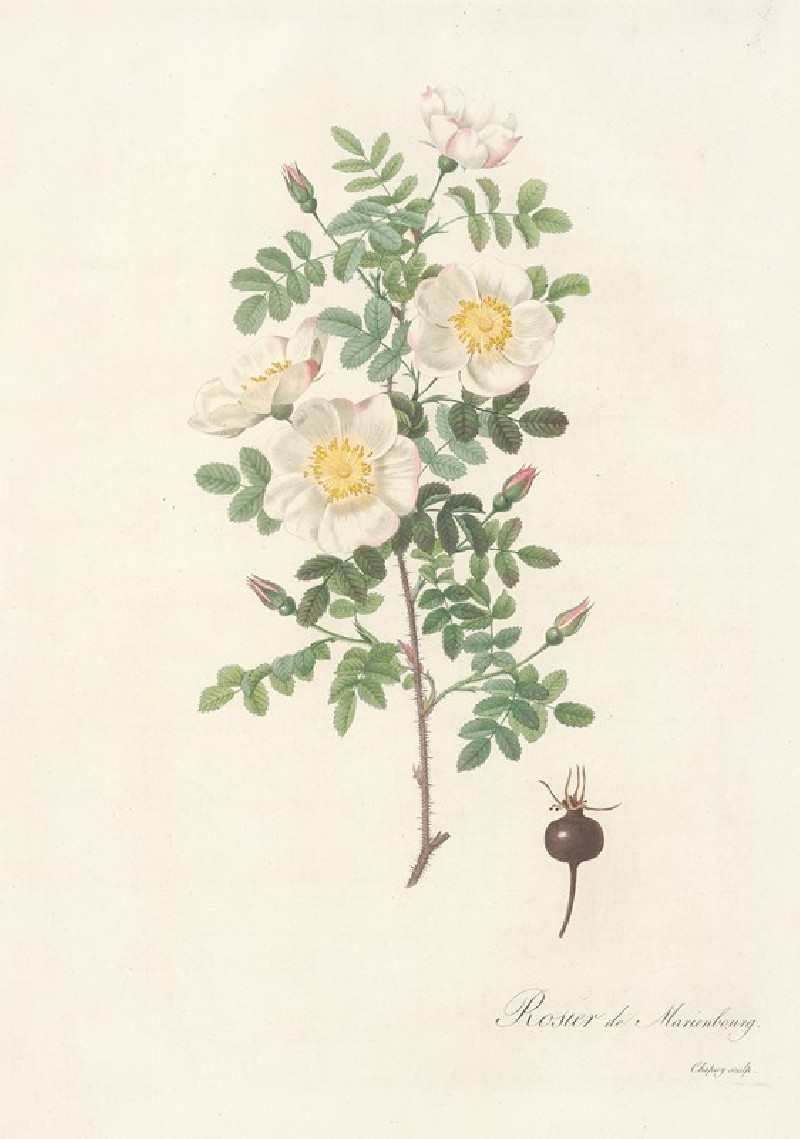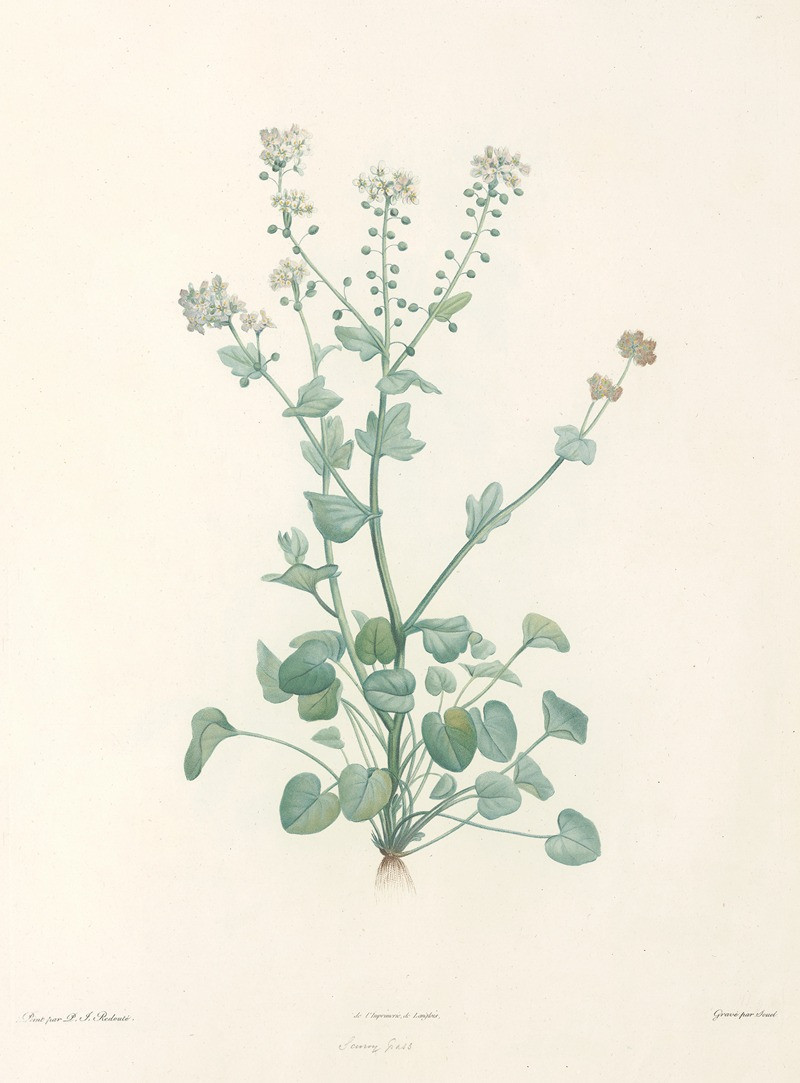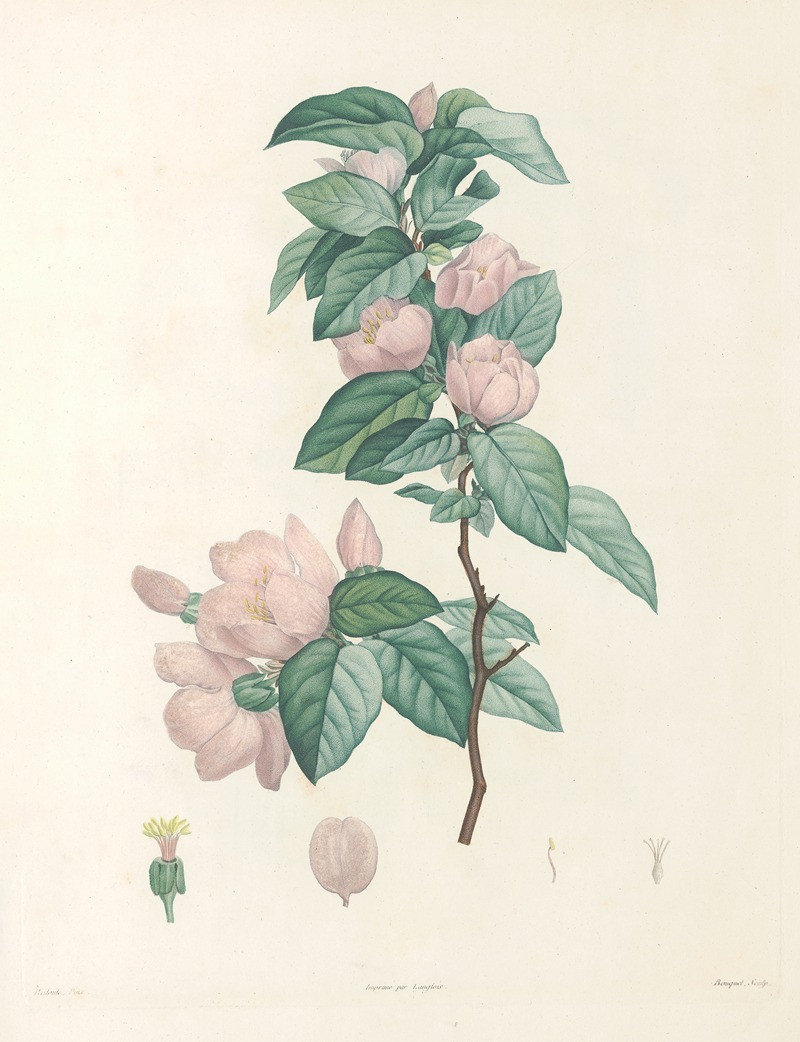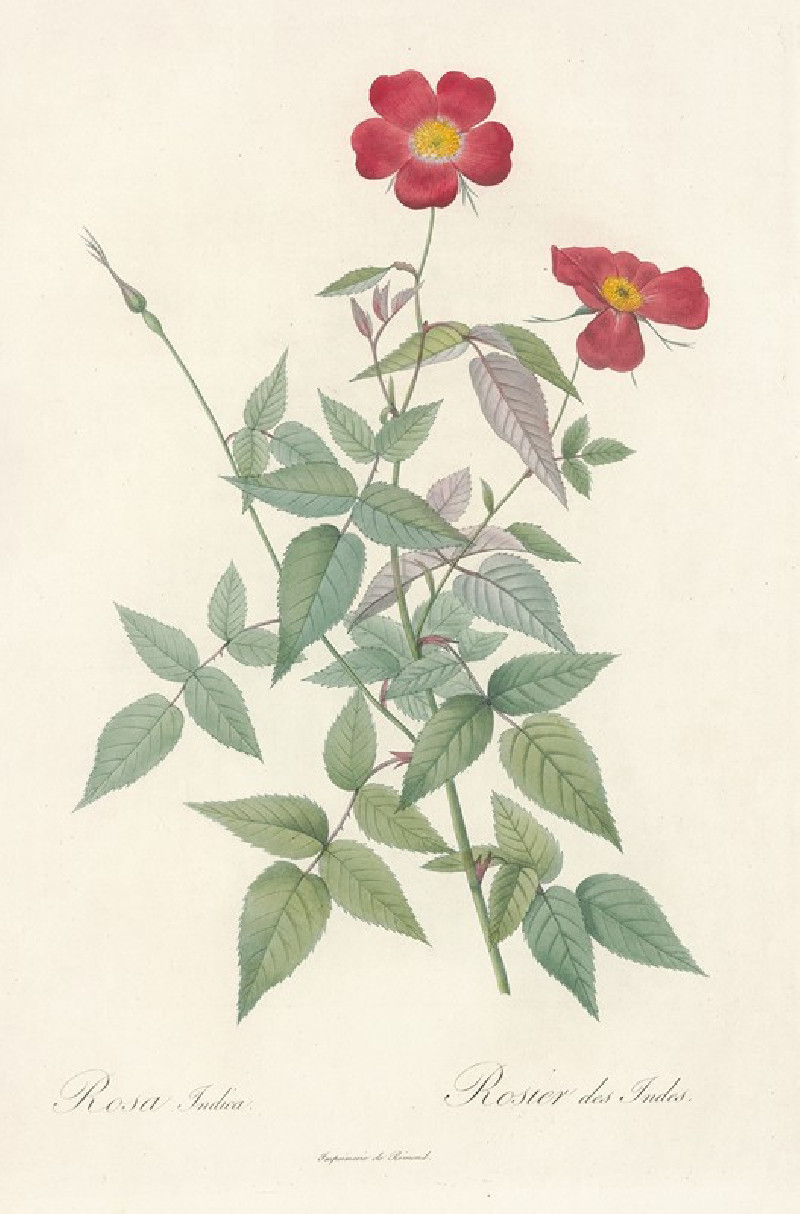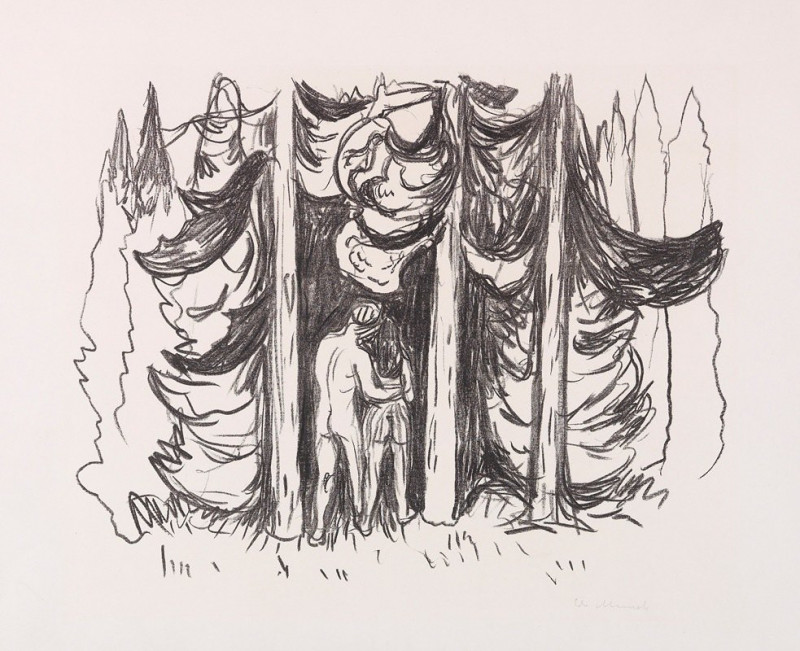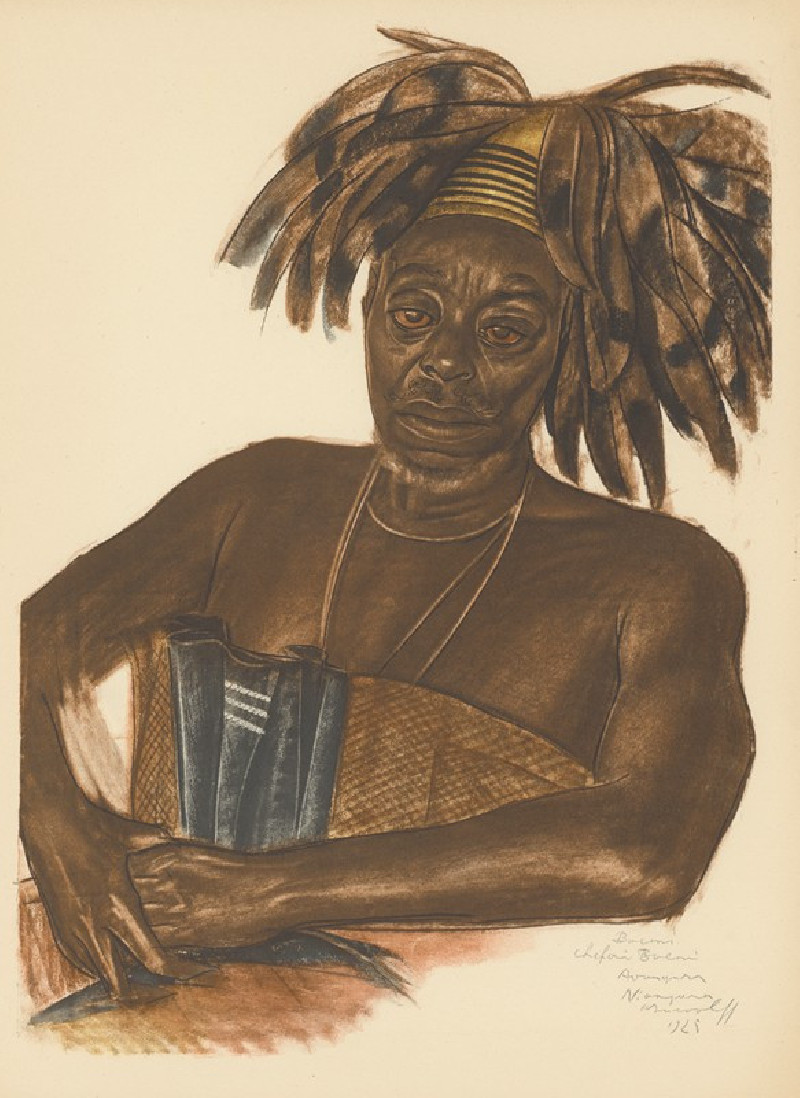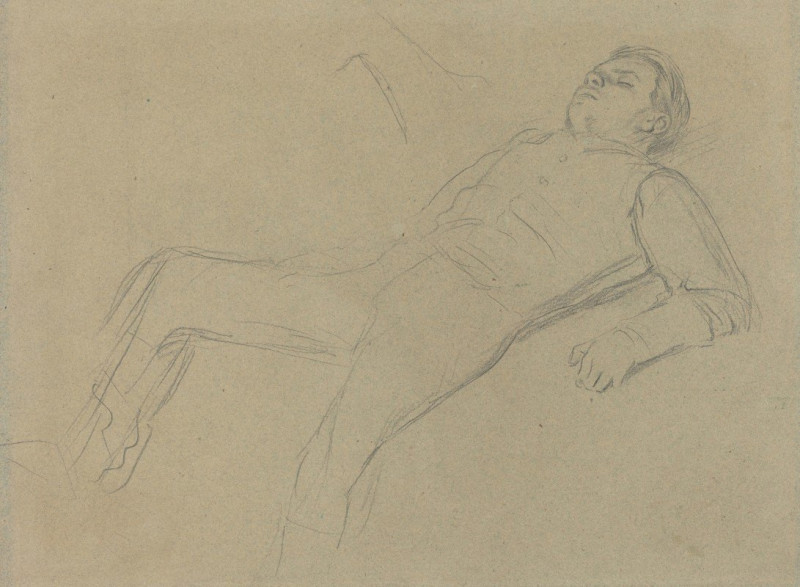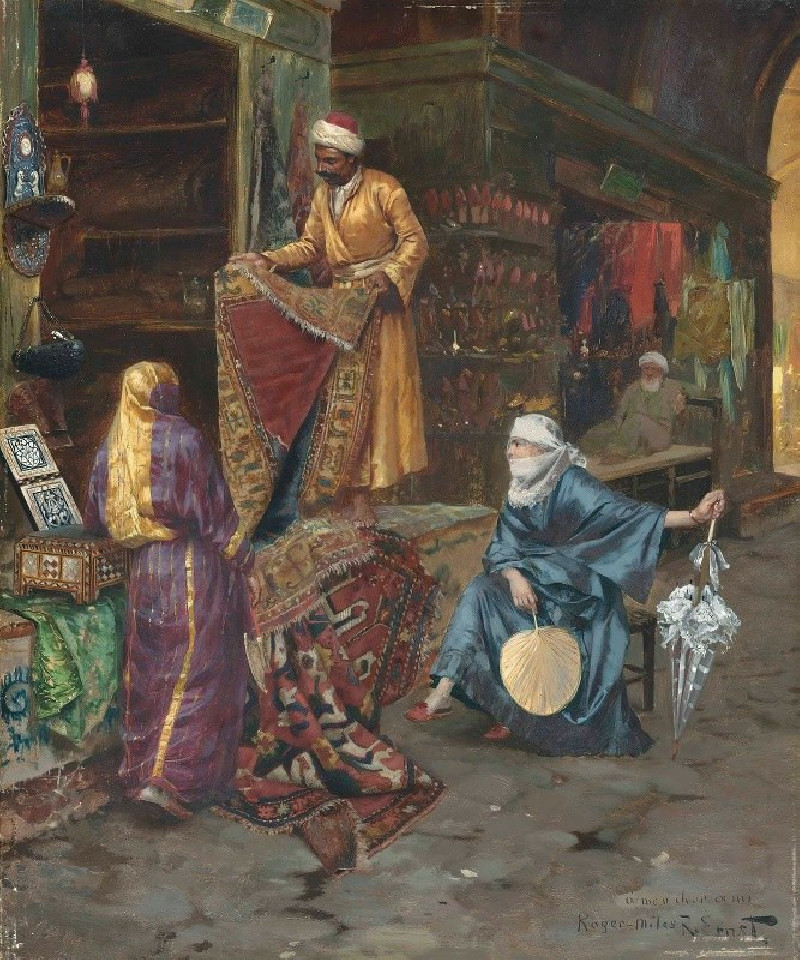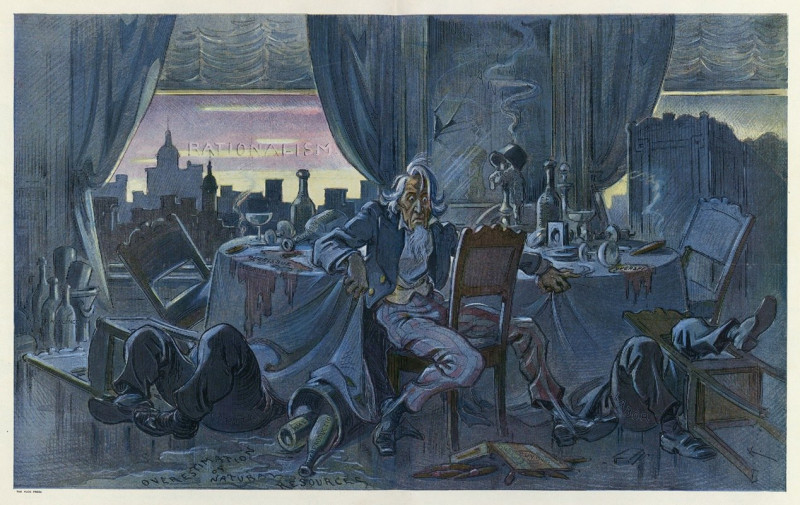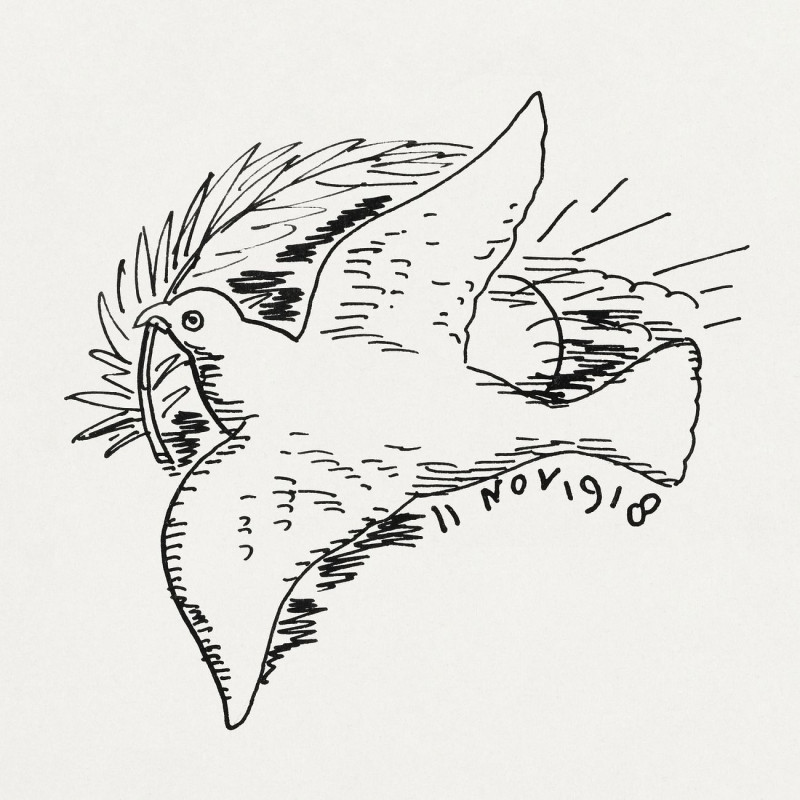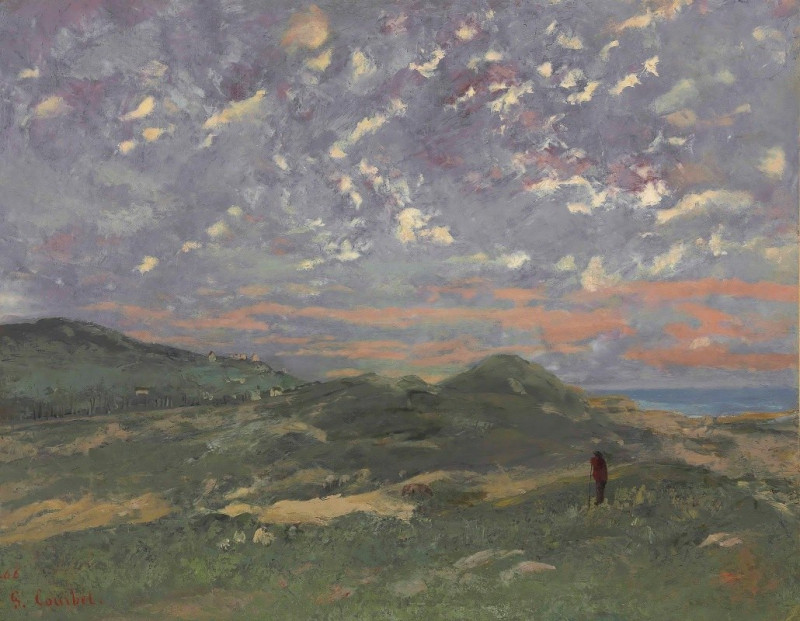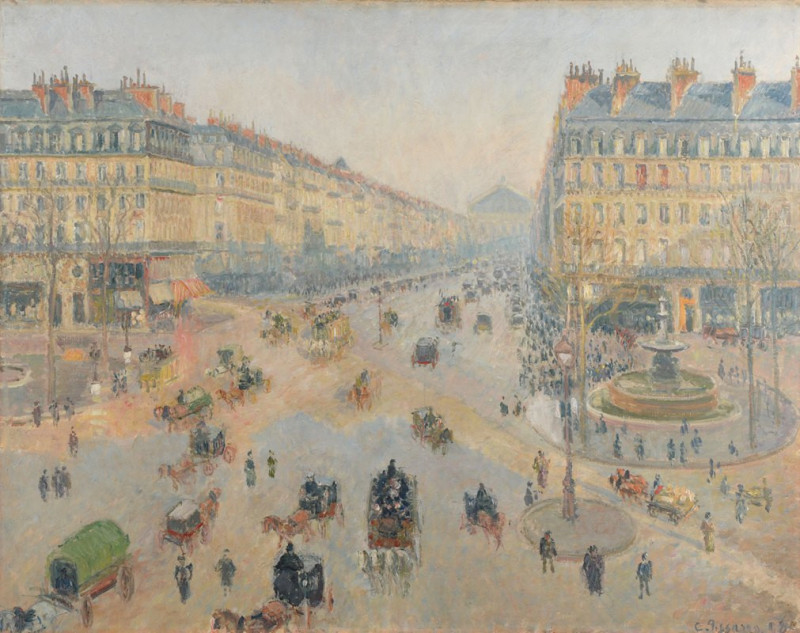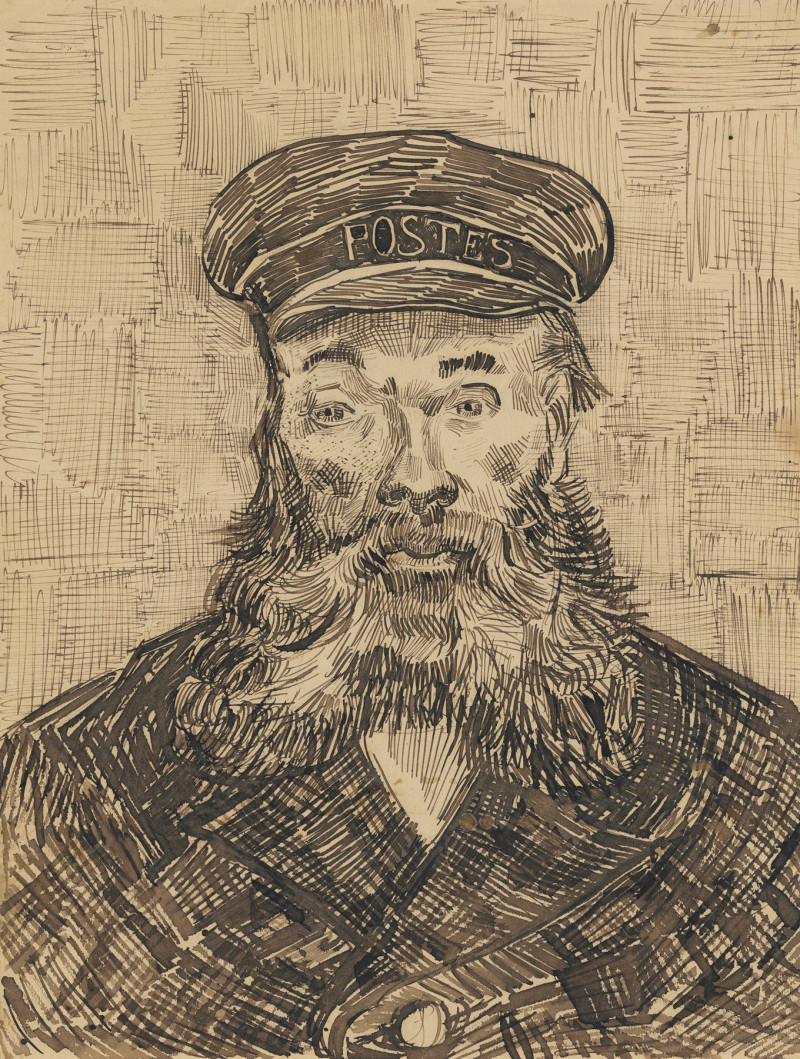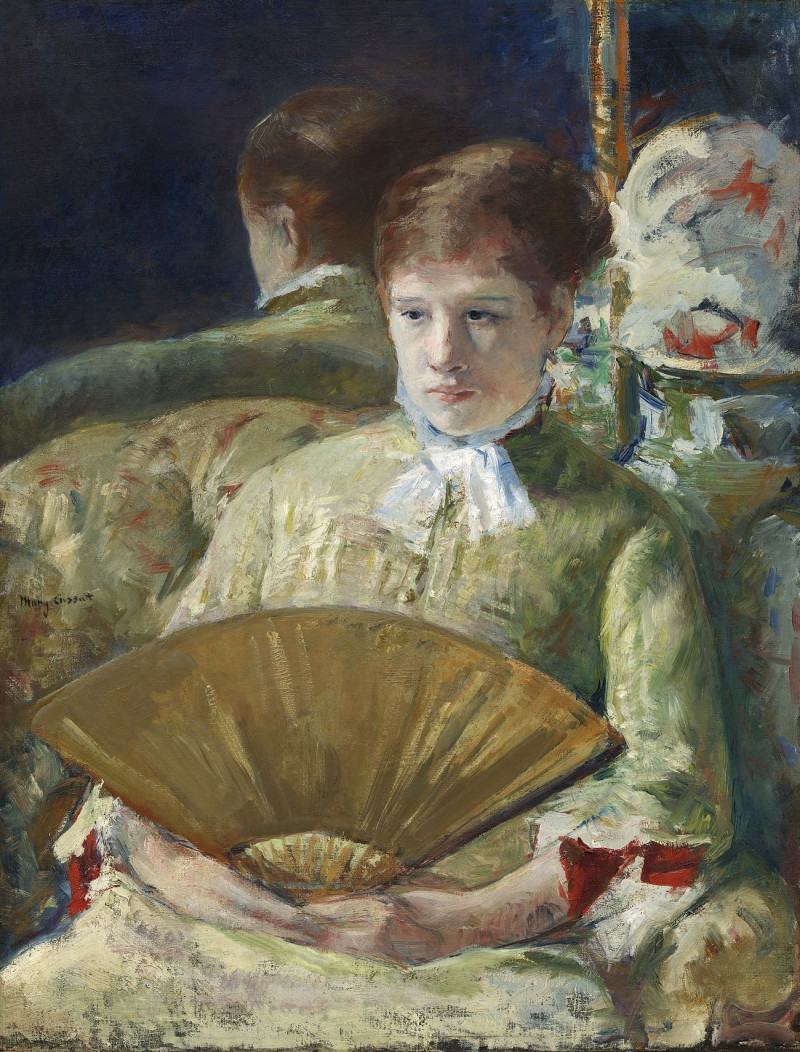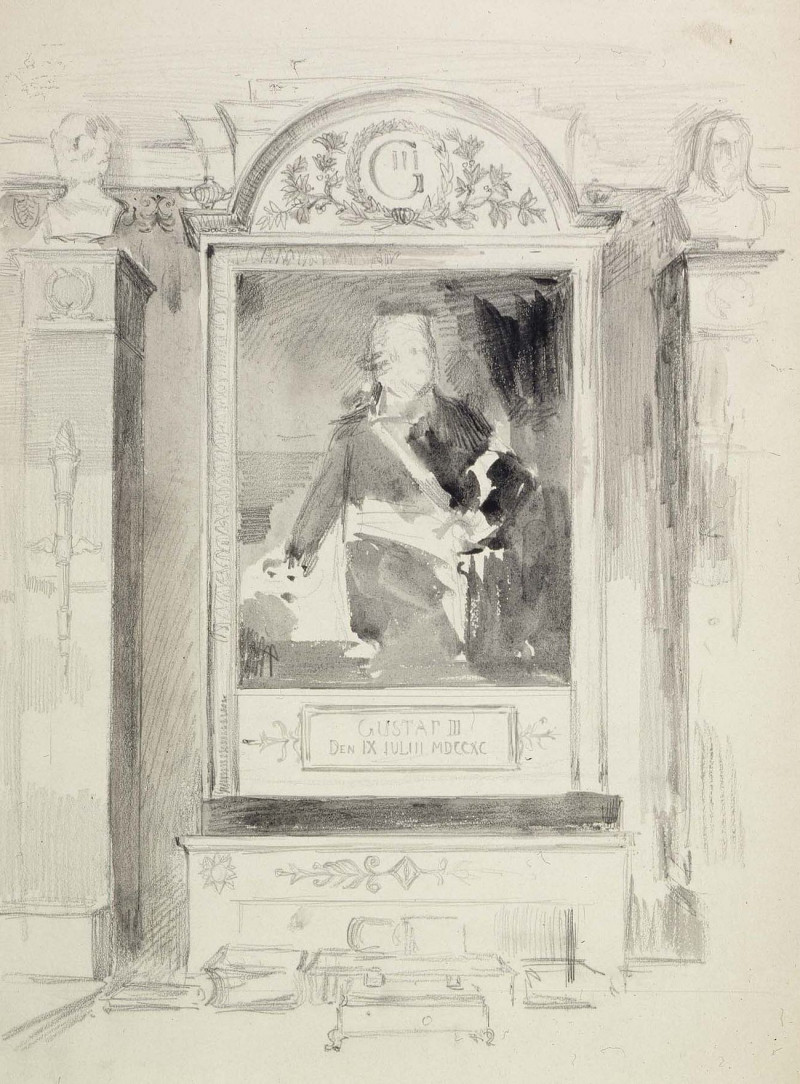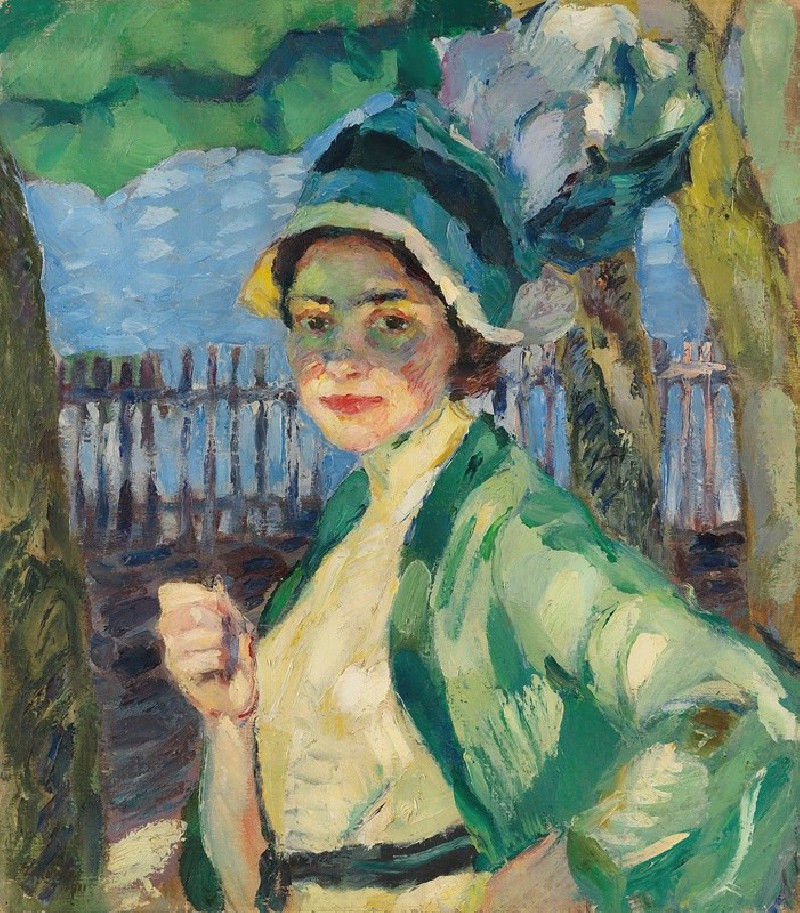Rosa Turbinata (1817 - 1824)
Technique: Giclée quality print
Recommended by our customers
More about this artwork
In the realm of botanical illustration, the exquisite work of Pierre Joseph Redouté stands as a timeless celebration of floral beauty. His masterpiece, "Rosa Turbinata," created between 1817 and 1824, exemplifies his knack for merging scientific detail with sheer artistic elegance. This painting showcases a plump pink rose in full bloom, flanked by its buds set for future blossoming. Each petal displays a delicate gradient of pink, capturing the natural variance found in the sunlight’s embrace.Redouté's finesse is also evident in the realistic depiction of the rose’s leaves and stem. The leaves possess a vibrant green hue and show detailed vein patterns and the subtle sheen characteristic of healthy foliage. This not only accents the central subject but also provides a deep, rich contrast that highlights the softness and intricate textures of the petals.“Rosa Turbinata” is more than just a visual delight; it serves as an educational glimpse into the botanical intricacies of a rose species, demonstrating why Redouté was favored among botanists and art lovers alike.
Delivery
Returns
Pierre-Joseph Redouté, was a painter and botanist from Belgium, known for his watercolours of roses, lilies and other flowers at Malmaison, many of which were published as large, color stipple engravings. He was nicknamed "the Raphael of flowers" and has been called the greatest botanical illustrator of all time.

